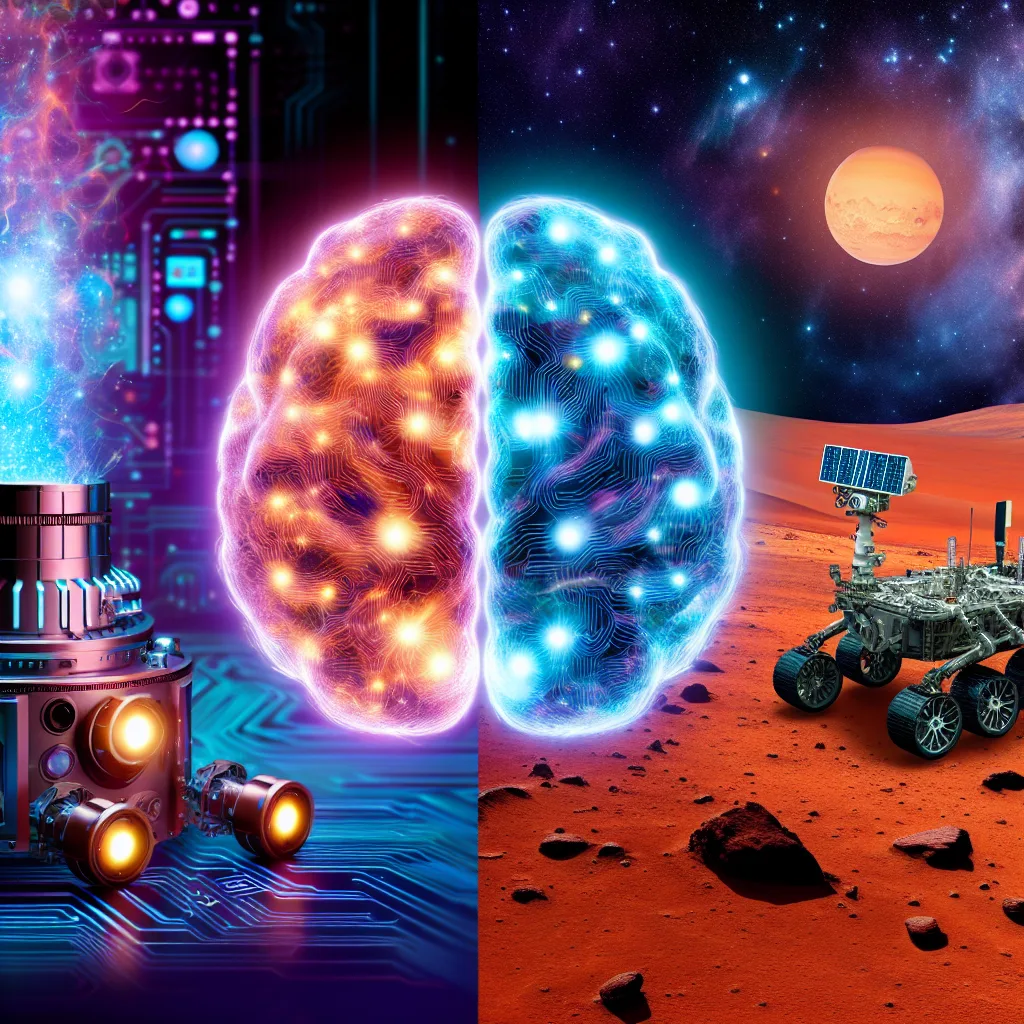Exploring why artificial general intelligence isn’t as close as some say—compared to nuclear fusion and manned Mars missions.
If you’ve been following tech news, you’ve probably heard claims that artificial general intelligence (AGI) is just around the corner—some say in just 2 to 5 years. But when you step back and compare AGI to other long-promised technologies like sustained nuclear fusion and manned missions to Mars, you might start to wonder: is AGI really more feasible in the near term?
Why Compare AGI, Nuclear Fusion, and Mars Missions?
Both nuclear fusion and manned Mars missions have been hyped as “just a decade away” for a very long time. Yet, unlike AGI, these technologies have some solid proof points:
- We’ve managed small-scale fusion reactions, demonstrating the physics works even if making it practical is still a challenge (International Atomic Energy Agency)
- We’ve conducted manned missions to space, and rovers have visited Mars, showing we can get there and operate there (NASA Mars Exploration)
On the other hand, AGI—the holy grail of AI that can match or exceed human intelligence across any task—is mostly a projection. Current progress, mostly through large language models, is impressive but it’s essentially extrapolating existing tech trends, not demonstrating core breakthroughs that guarantee AGI is just a few years away.
The Investment and Incentive Question
Sure, some say fusion hasn’t arrived because it lacks enough investment or motivation. But fusion has huge economic incentives—clean, abundant energy would be transformational. Similarly, a manned mission to Mars could probably happen if we treated it like the Apollo program again, with a national focus and funding.
AGI, however, has tons of commercial and scientific interest right now, backed by massive investments from companies betting billions every year. So if it was truly within 2-5 years, wouldn’t we see clearer signs? The reality is, many AI experts argue that the path to true AGI is not just a matter of scaling up current technologies but requires fundamentally new approaches we haven’t yet cracked.
Why AGI Feels Like It’s Ahead of the Science
The enthusiasm around AGI can feel like capitalism sprinting ahead of the science. Companies are racing to develop AI products and services, stirring excitement and hype about imminent breakthroughs. But just because an AI model is getting more powerful or “smarter” in some ways doesn’t mean it’s close to human-level understanding or abilities.
It’s like claiming we’d be on Mars or running fusion power plants decades ago because the numbers looked promising—progress isn’t always linear, and complex challenges often slow down development unexpectedly.
What This Means for Us
It’s good to be excited about future technologies like artificial general intelligence, nuclear fusion, or Mars missions. But it’s also worth remembering that breakthroughs take time, often longer than initial predictions suggest. We already have amazing AI tools that help in many areas, and who knows what the next decade will bring?
Until then, appreciating the current limits helps us stay realistic about what’s possible and avoid getting caught up in ungrounded hype.
For more on fusion energy, check out the ITER project. For insights on AI progress and challenges, the Allen Institute for AI offers great resources.
In Summary
- AGI is often predicted to arrive soon, but lacks the strong proof points of fusion or Mars missions.
- Fusion and Mars tech have been slow but show concrete incremental advances.
- AGI predictions might be driven more by commercial excitement than scientific reality.
- Remaining grounded on progress helps us appreciate actual achievements and stay patient.
What do you think? Are we rushing to conclusions about AGI, or is it really just a matter of time? Feel free to share your thoughts!
